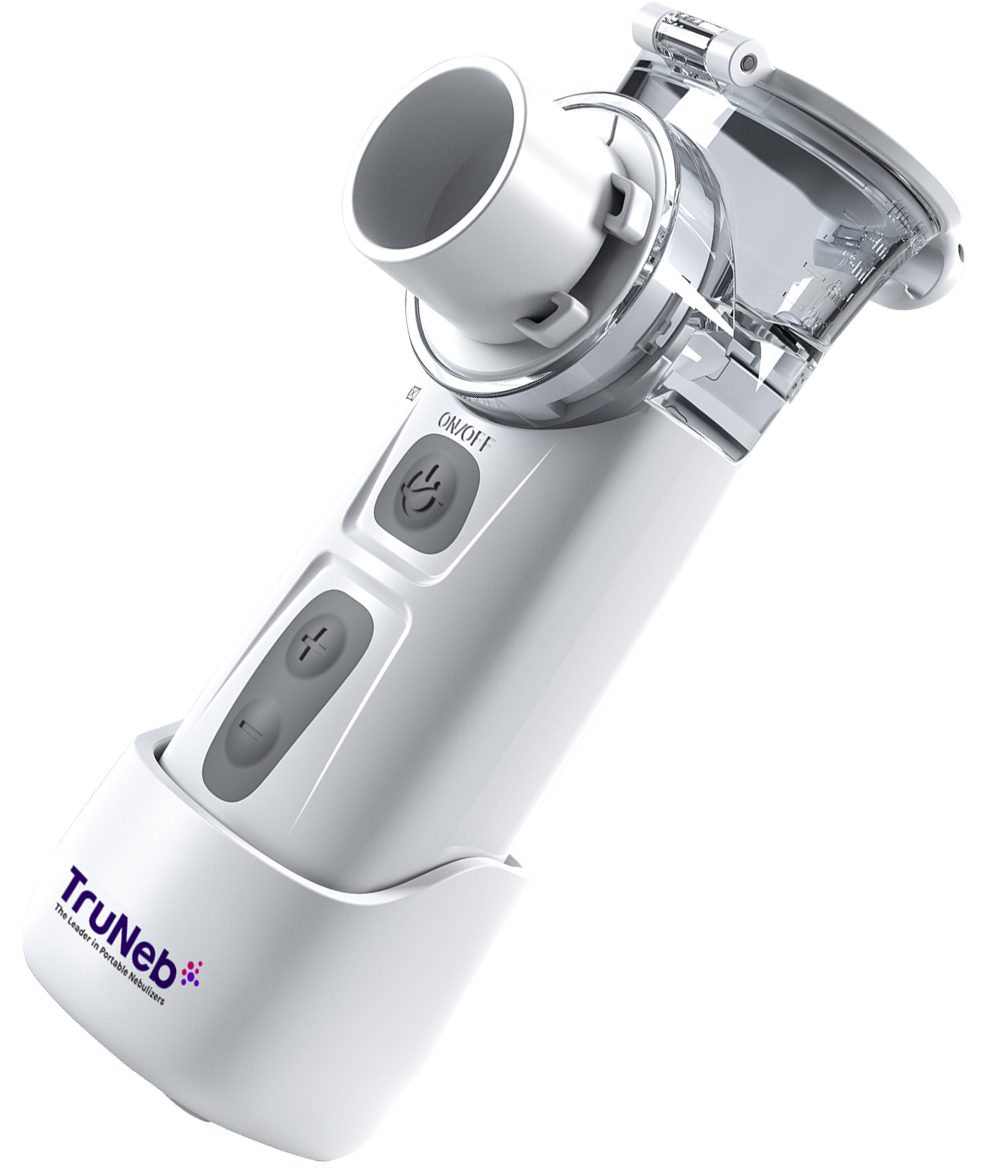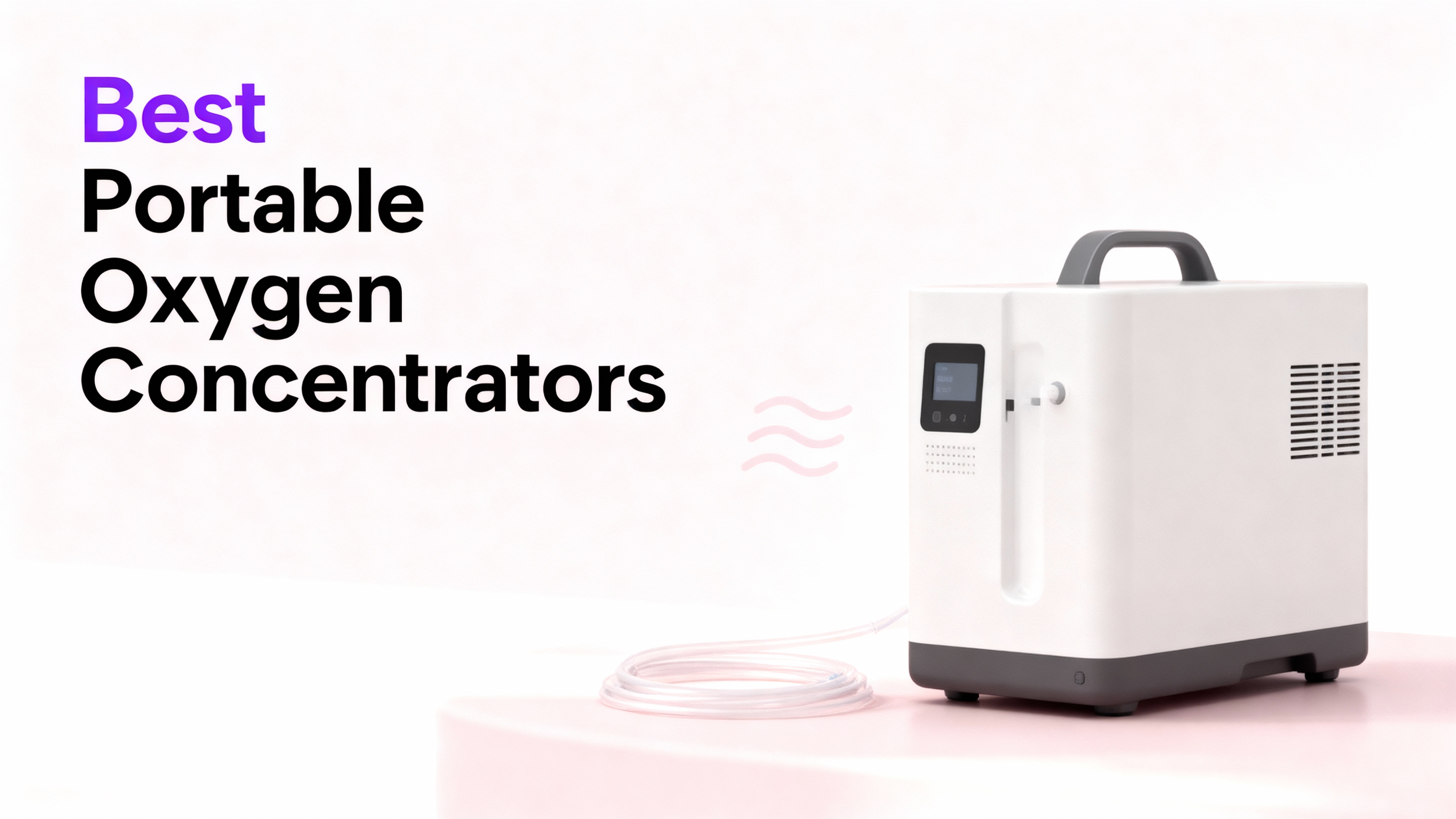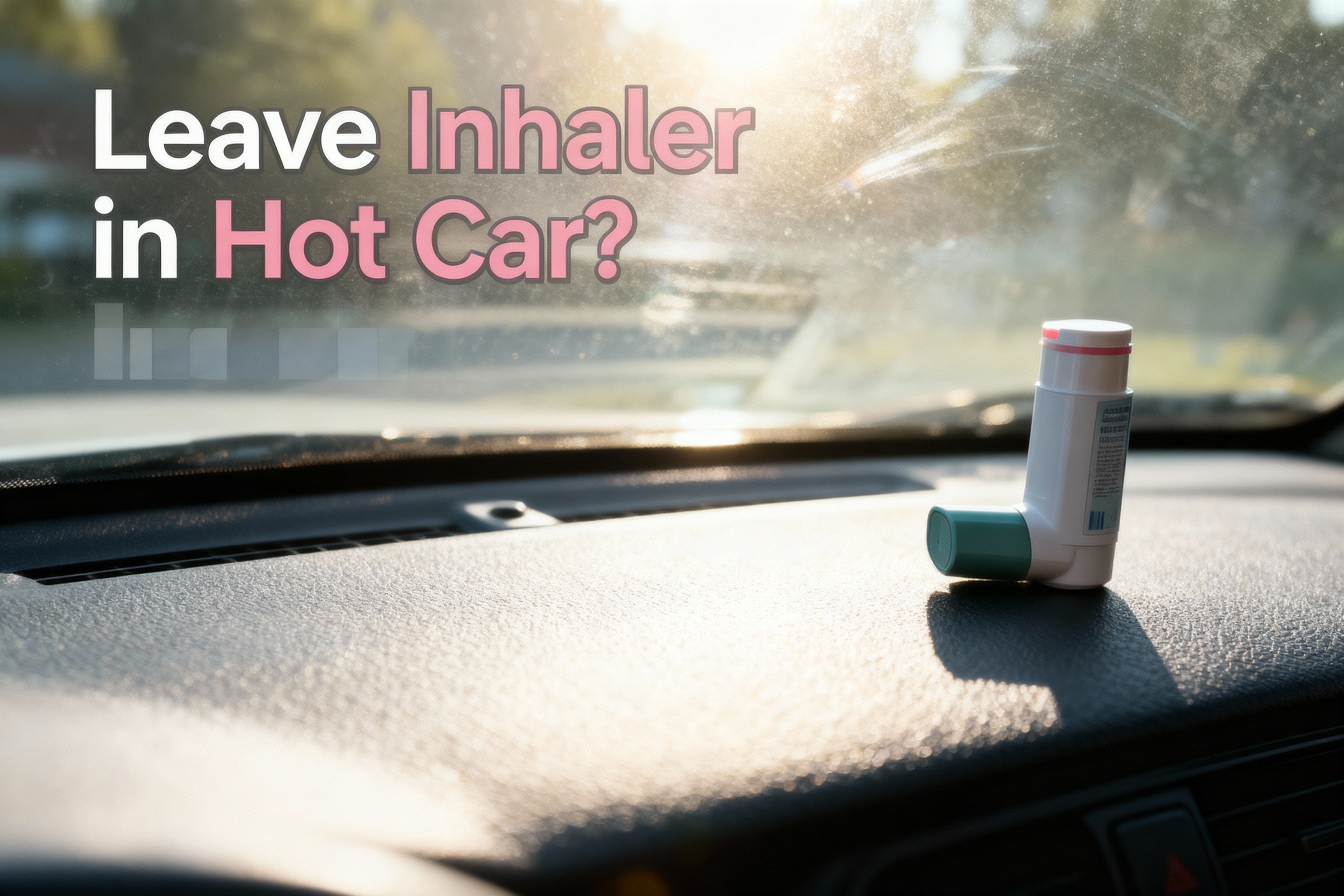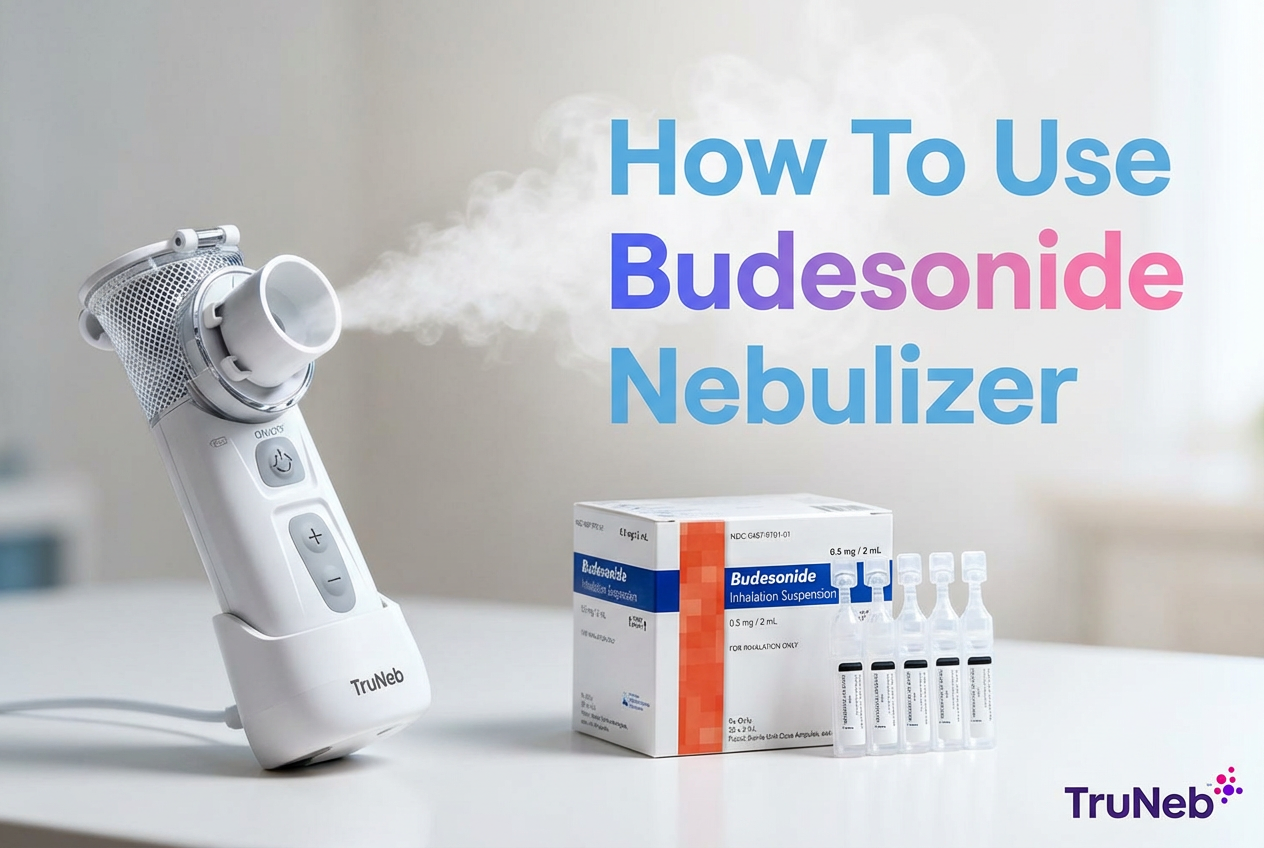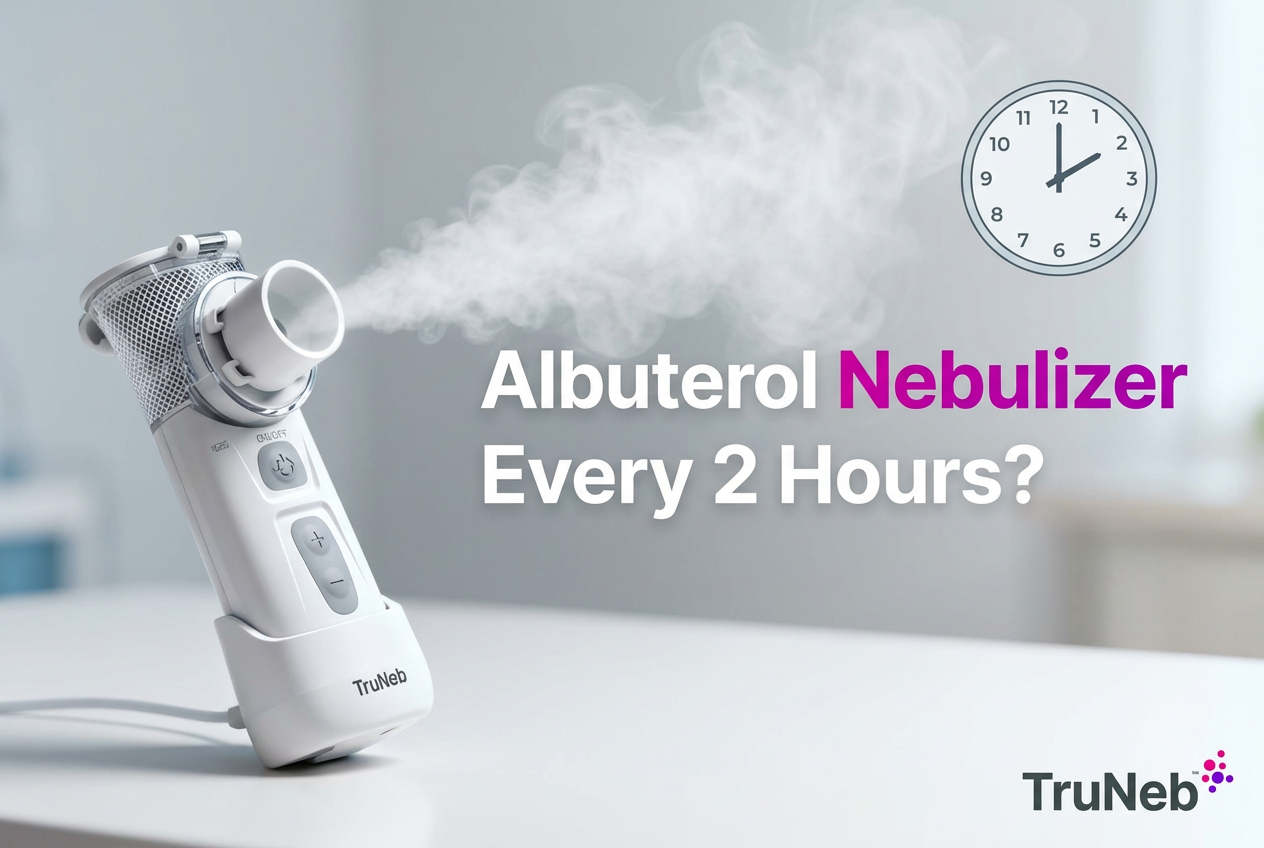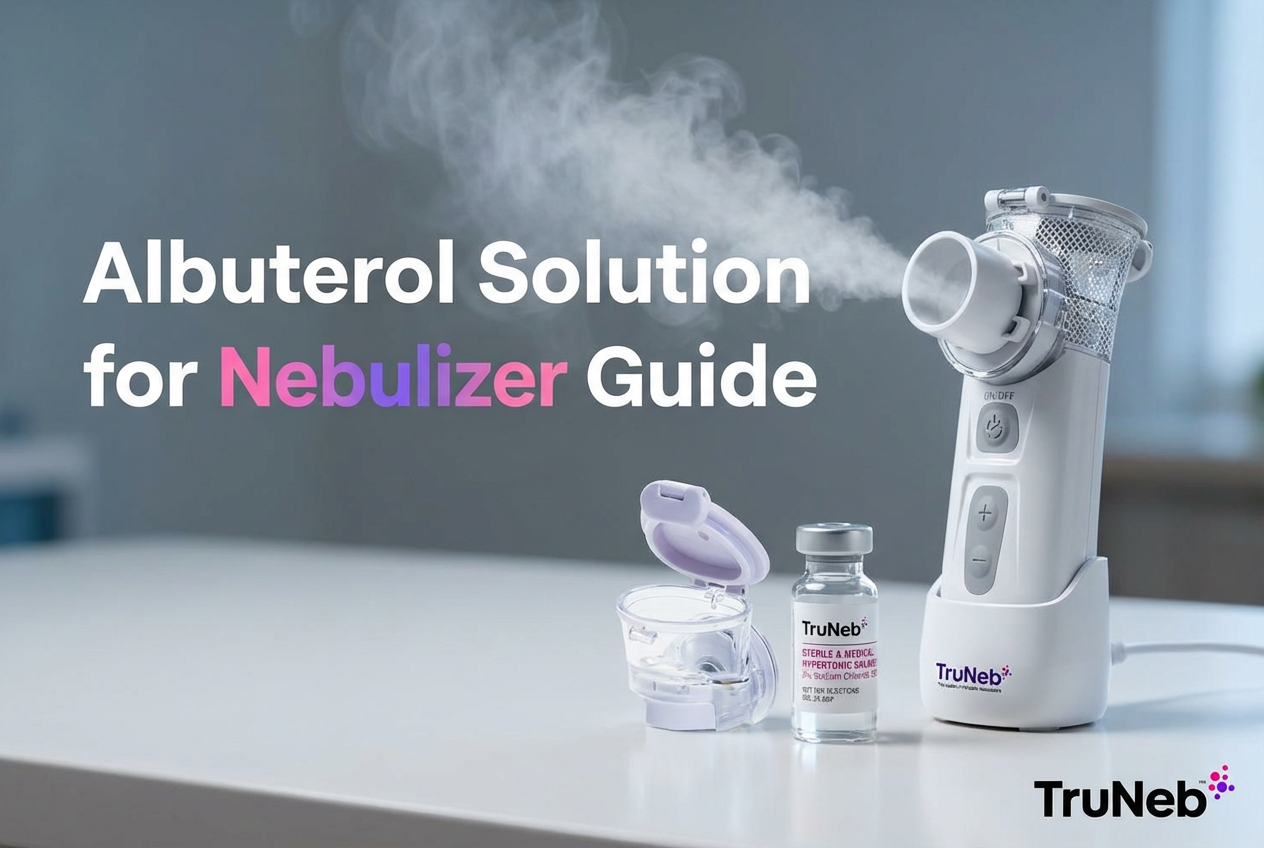On this page
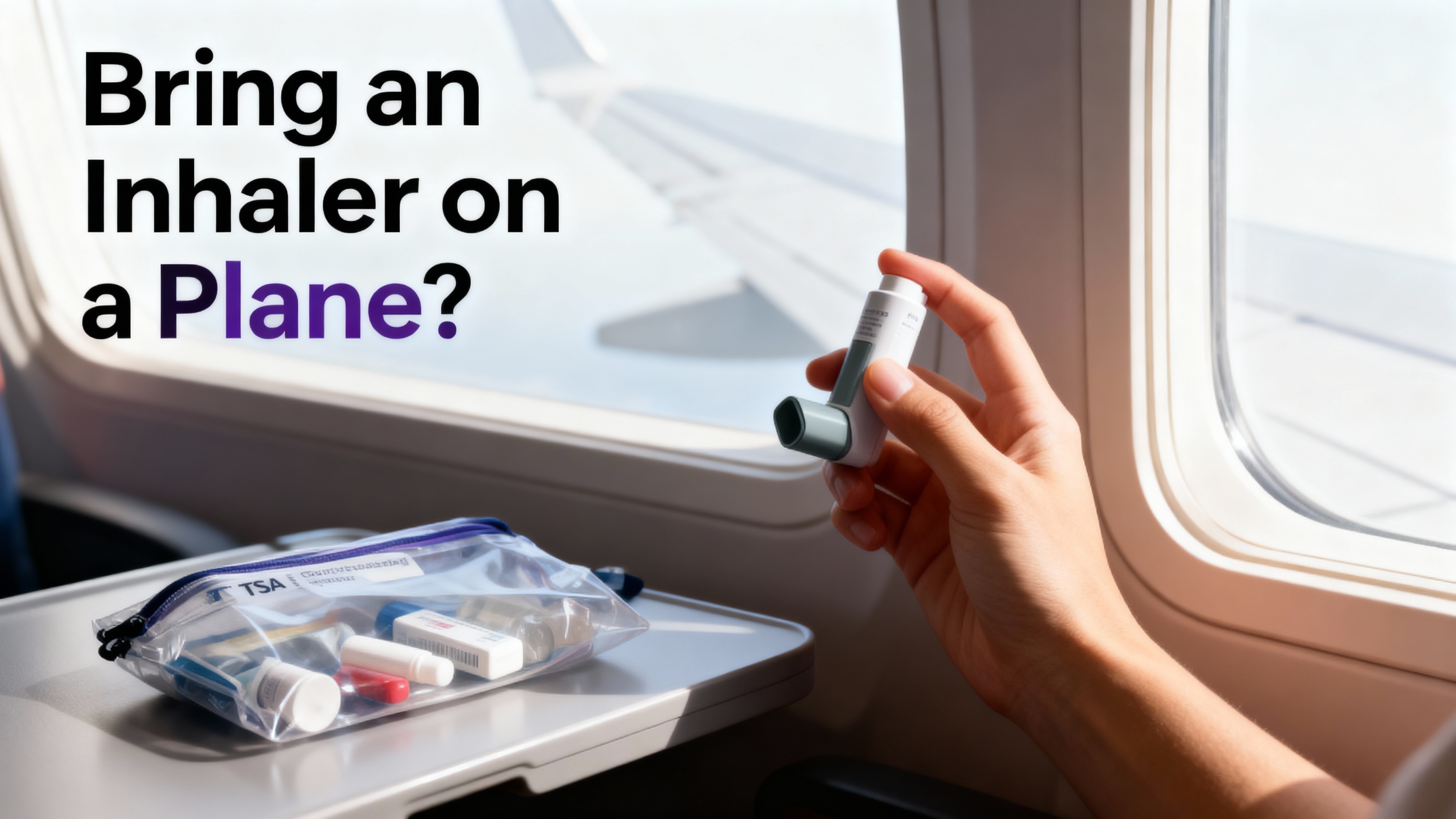
You can bring an inhaler on a plane. TSA allows inhalers in carry-on and checked bags, with special instructions at screening. Inhalers count as medically necessary items and are exempt from the 3-1-1 liquids rule.
According to TSA, you can carry reasonable quantities of medications and medical aerosols. Bring what you need for your trip plus a small extra supply; there’s no fixed number as long as it’s for personal use. Keep your inhaler accessible.
Rule of thumb: pack your inhaler in your carry-on so it’s with you if you need it mid-trip.
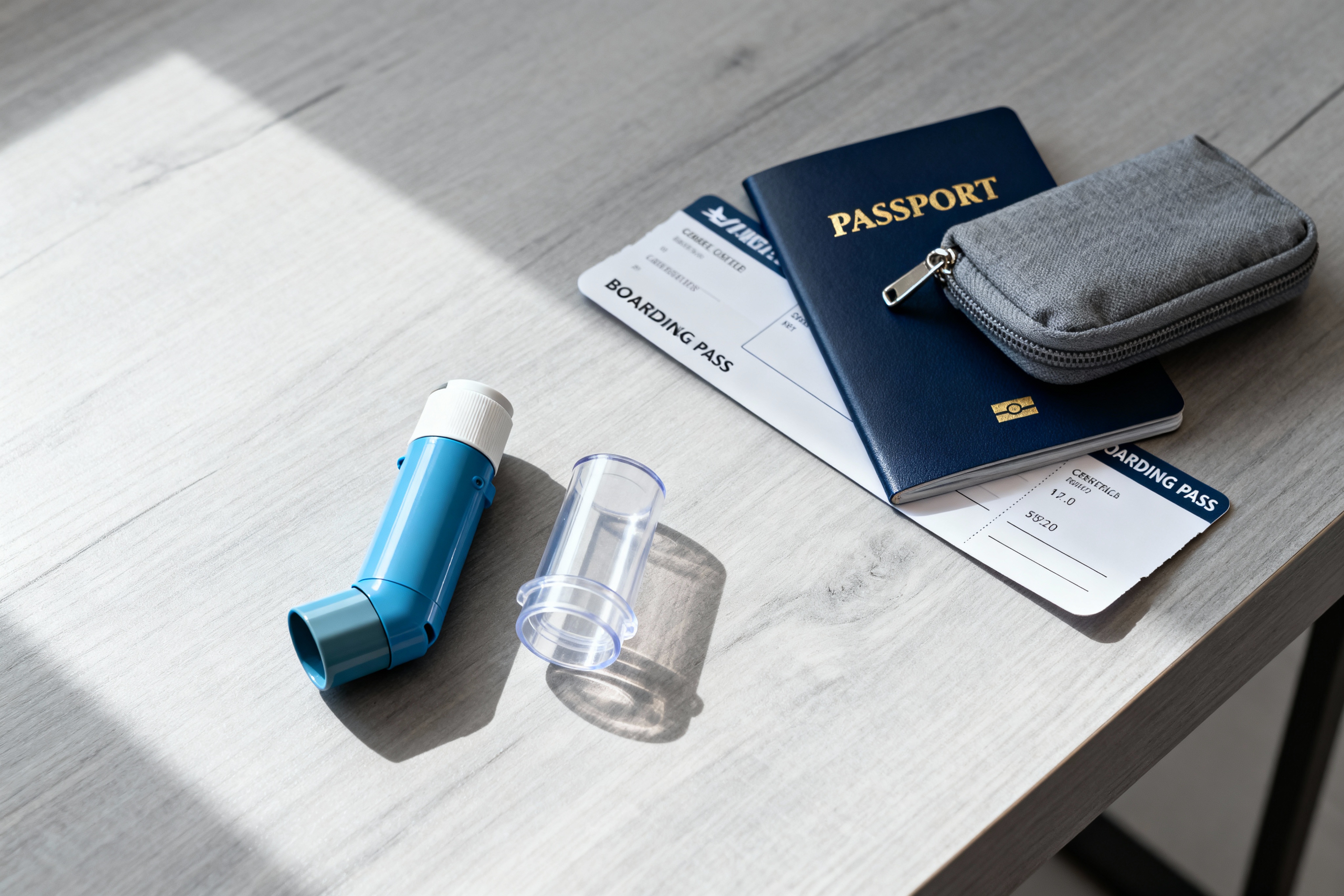
Yes — Inhalers Are Allowed on Planes (TSA Rules Explained)
- Inhalers are allowed in carry-on and checked bags.
- They don’t have to go in the quart-size clear bag.
- Medications are exempt from 3-1-1 limits; bring a reasonable amount for your trip.
- At screening, you can tell the officer you have an inhaler. Keep it easy to reach.
- Labels are recommended, not required. The prescription label on the box or device can help if questions come up.
Bring what you’ll use on your trip plus a small extra supply; there’s no fixed number for personal medications.
One-liner: Your inhaler is a medically necessary item and is exempt from the 3-1-1 liquids rule.
| Item | Carry-on | Checked bag | Declare? | Notes |
|---|---|---|---|---|
| Asthma inhaler (MDI/DPI) | Yes | Yes | Recommended | Exempt from 3-1-1; keep accessible |
| Spacer / holding chamber | Yes | Yes | No | No liquids; pack with inhaler |
| Nebulizer device | Yes | Yes | Sometimes | May be screened separately; carry-on preferred |
| Liquid neb meds (e.g., albuterol vials) | Yes | Yes | Yes | Exempt from 3-1-1; keep labels if possible |
Notes: “Reasonable quantities” for personal use apply. If your nebulizer uses a lithium battery, follow airline battery rules and pack it in carry-on.
How to Pack Your Inhaler
Keep inhalers in your carry-on or personal item. You might need them during boarding or in flight, and carry-on bags stay with you if checked luggage is delayed.
Tips:
- Place the inhaler in a small pouch or side pocket you can reach fast.
- Bring a backup inhaler if you have one.
- A rigid case can help prevent accidental activation in a crowded bag.
- Avoid extreme heat or cold. The cabin is temperature-controlled; the cargo hold isn’t reliably temperature-controlled.
- In normal cabin conditions, inhalers handle pressure changes and don’t burst.
Key takeaway: Treat your inhaler like your passport—keep it with you in your carry-on.
Going Through Airport Security with an Inhaler
Here’s what the screening typically looks like:
- Put your carry-on on the belt. You can leave your inhaler inside or place it in a bin.
- Tell the TSA officer you have an inhaler and any other meds if asked.
- The inhaler is usually X-rayed. An officer might briefly swab it. This is routine and quick.
- Pick it up on the other side and put it back where you keep it.
If you want extra assistance, TSA Cares can help you plan your screening.
One-liner: Screening is routine—leave your inhaler in your bag or tell the officer; it clears quickly.
Can You Use Your Inhaler During the Flight?
Yes. You can use your inhaler on the plane if you have symptoms. Keep it in your pocket or the seat-back pocket so it’s easy to grab. If your breathing gets worse or you need help, tell a flight attendant.
Note: An inhaler’s mist is small and shouldn’t set off alarms. Use it as directed by your doctor.
⚠️ If you have severe symptoms like worsening shortness of breath, chest tightness that doesn’t improve after your usual medication, trouble speaking, or blue lips/face, tell the crew and seek emergency medical care right away.
One-liner: You can use your inhaler on the plane; tell the crew if your breathing is getting worse.
Bringing a Spacer or Nebulizer on the Plane (Other Asthma Gear)
- Spacers/holding chambers: Allowed in carry-on and checked bags. Pack with your inhaler so you can use them together.
- Nebulizers: Allowed as medical devices. Expect a quick swab at security. Carry liquid neb meds (like albuterol vials) in your carry-on; they’re exempt from 3-1-1. Keep labels if possible. You can request a manual inspection of medications if preferred. If you ever need to nebulize in flight, talk to the crew. A battery-powered portable mesh nebulizer like TruNeb™ can be convenient for travel.
- Peak flow meters and small accessories: Allowed. Keep them together in your medicine pouch.
Note: Steam inhalers are not nebulizers and don’t deliver prescription breathing medications.
Quick rule: Personal asthma devices like spacers and portable nebulizers are allowed; pack them in your carry-on.
Documentation Tips (Labels, Notes, and International Travel)
- In the U.S.: TSA does not require a prescription or doctor’s note. Labels are recommended to speed screening.
- TSA notification card: Optional card you can show to quietly note you have medical items.
- International trips: Keep meds in original packaging. Carry a prescription or doctor’s letter stating you use the inhaler for asthma. Bring only what you need plus a small extra supply. Some countries can ask for proof at customs. If you’re traveling abroad, albuterol is called salbutamol in many countries—knowing the name helps if you need a replacement.
Bottom line: Labels aren’t required in the U.S., but original packaging and a simple doctor’s note can ease international travel.
Extra Tips for Flying with Asthma
- Pack enough medication for your whole trip, plus a few extra days.
- Keep your Asthma Action Plan in your carry-on.
- Stay hydrated; cabin air is dry and can irritate airways.
- Avoid known triggers when possible. A well-fitted mask can help with odors and allergens.
- If you notice symptoms, use your inhaler as your doctor directed. Tell the crew if you feel very unwell.
If symptoms don’t improve while you’re traveling, contact a doctor.
Trip-ready summary: Plan, pack, and keep your inhaler close so you can breathe easier from gate to gate.
Frequently Asked Questions
Tap or click a question below to see the answer:
No. Inhalers are medically necessary items and are exempt from the 3-1-1 liquids rule. Keep them accessible and declare if asked.
TSA allows reasonable quantities of medication for personal use. Bringing one or a few spares for your trip is fine.
Usually no. Labels are recommended, not required. A label or a copy/photo of your prescription can help if questions arise.
Yes. Spacers are allowed in carry-on and checked bags. Pack it with your inhaler for easy use.
Nebulizers are allowed as medical devices. Liquid neb meds are exempt from 3-1-1. Keep them in your carry-on and declare if asked.
Yes. Auto-injectors (like EpiPens) and medicated nasal sprays are allowed in carry-on and are exempt from 3-1-1. Keep them accessible and declare liquids if asked.

